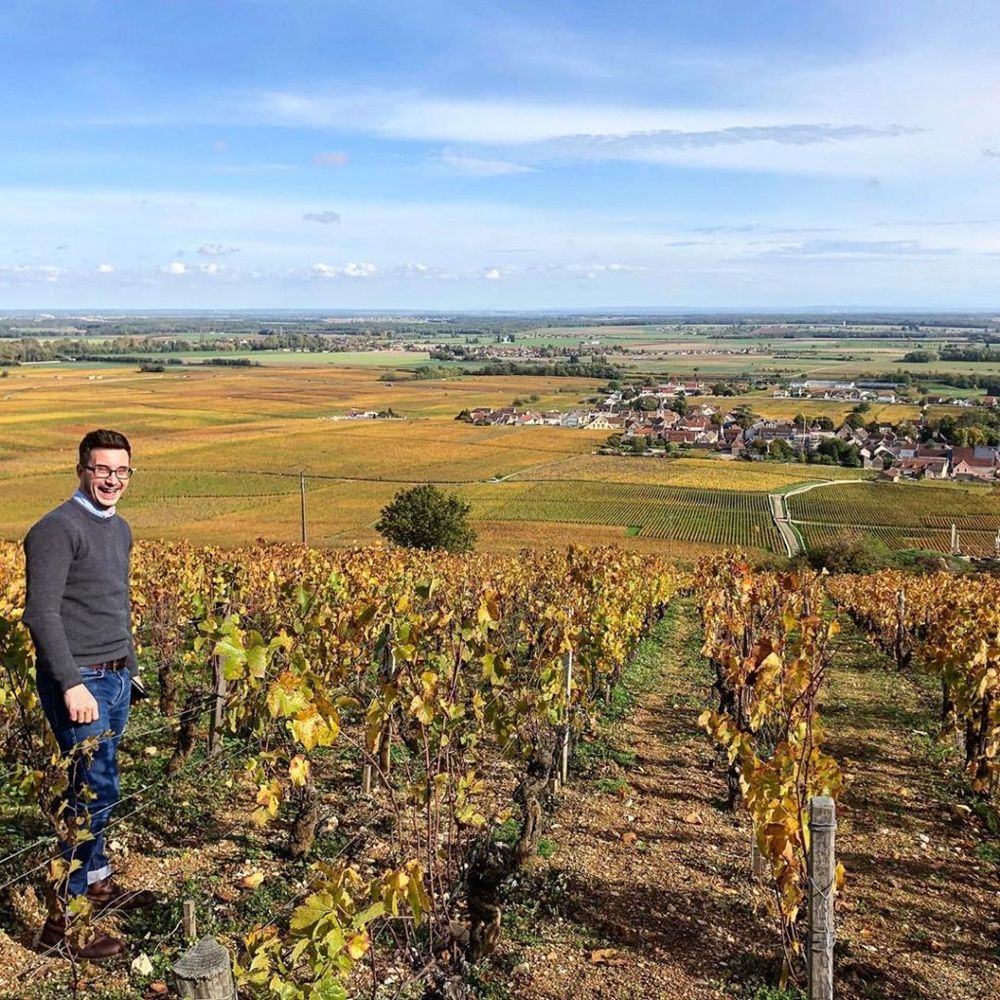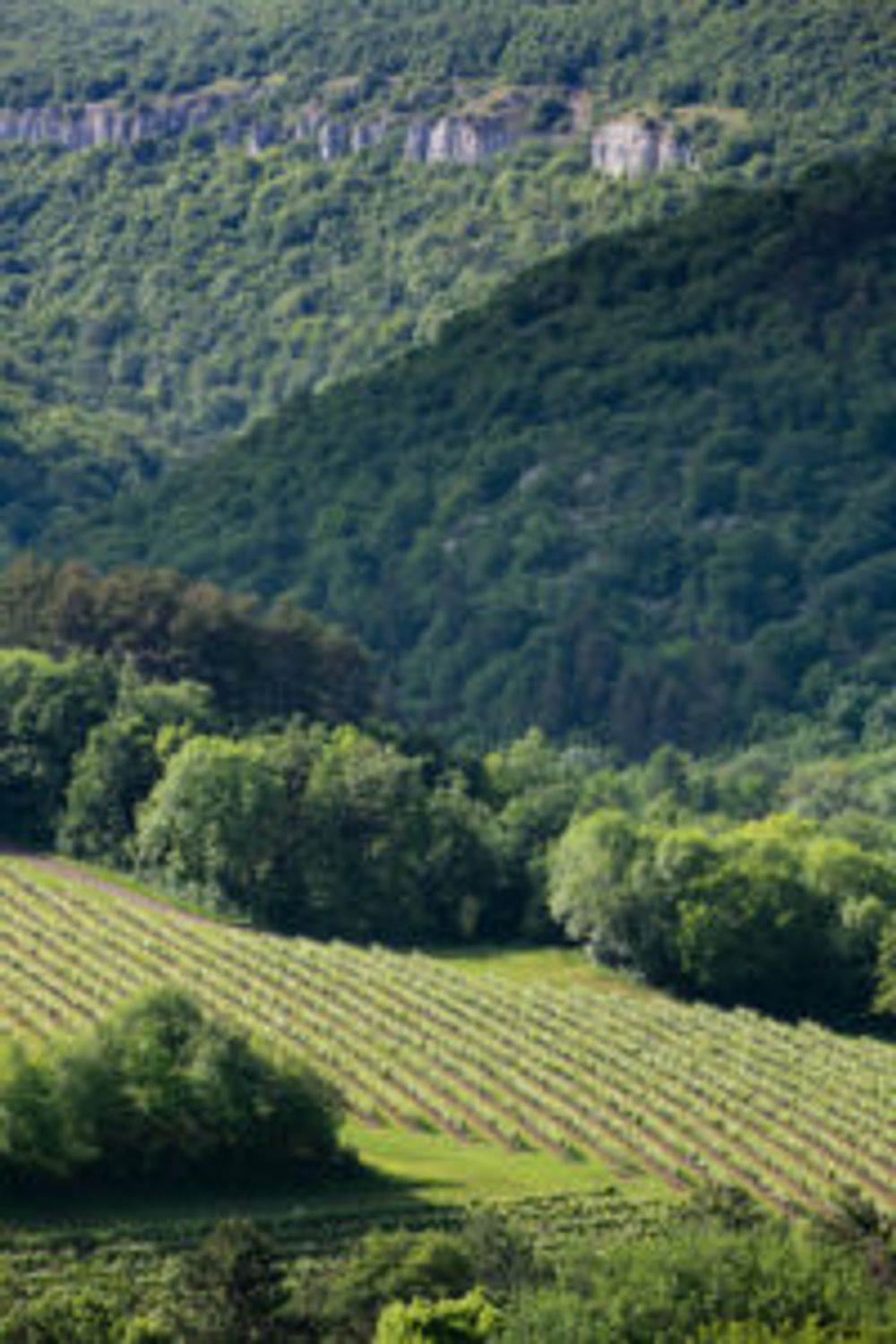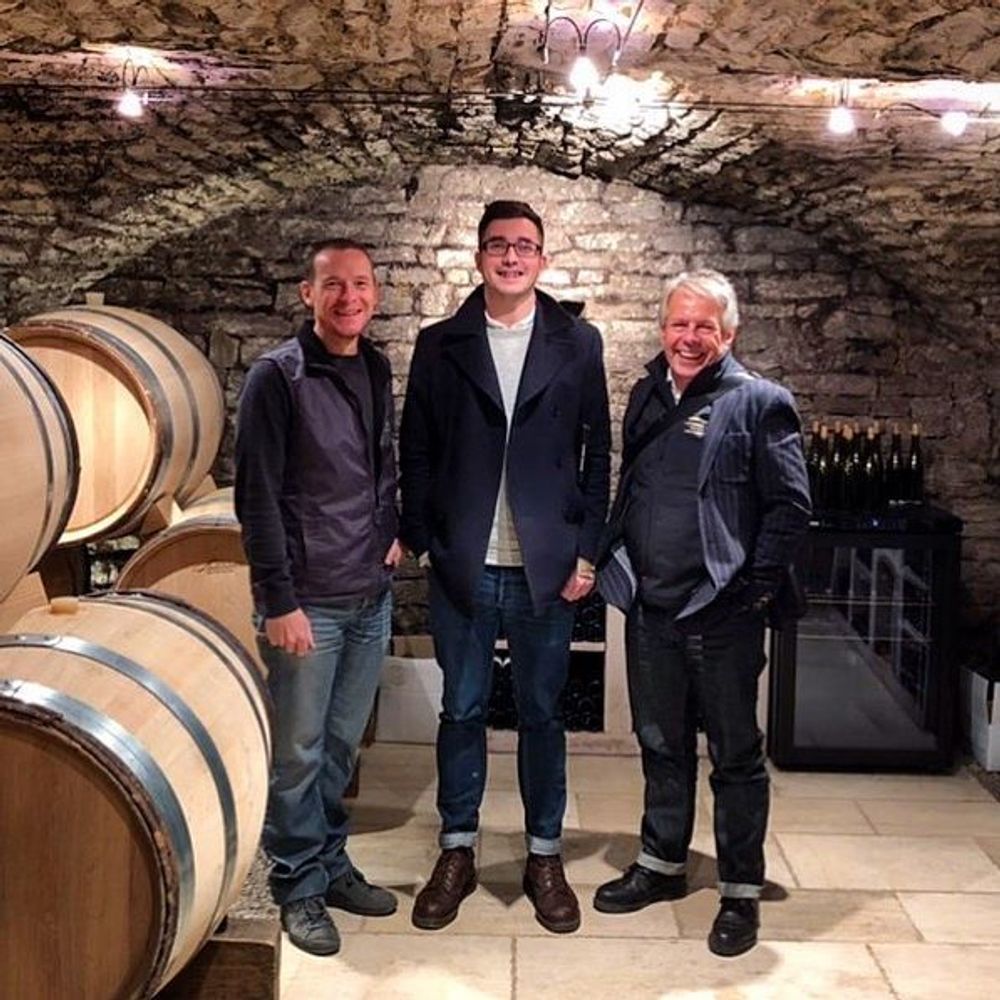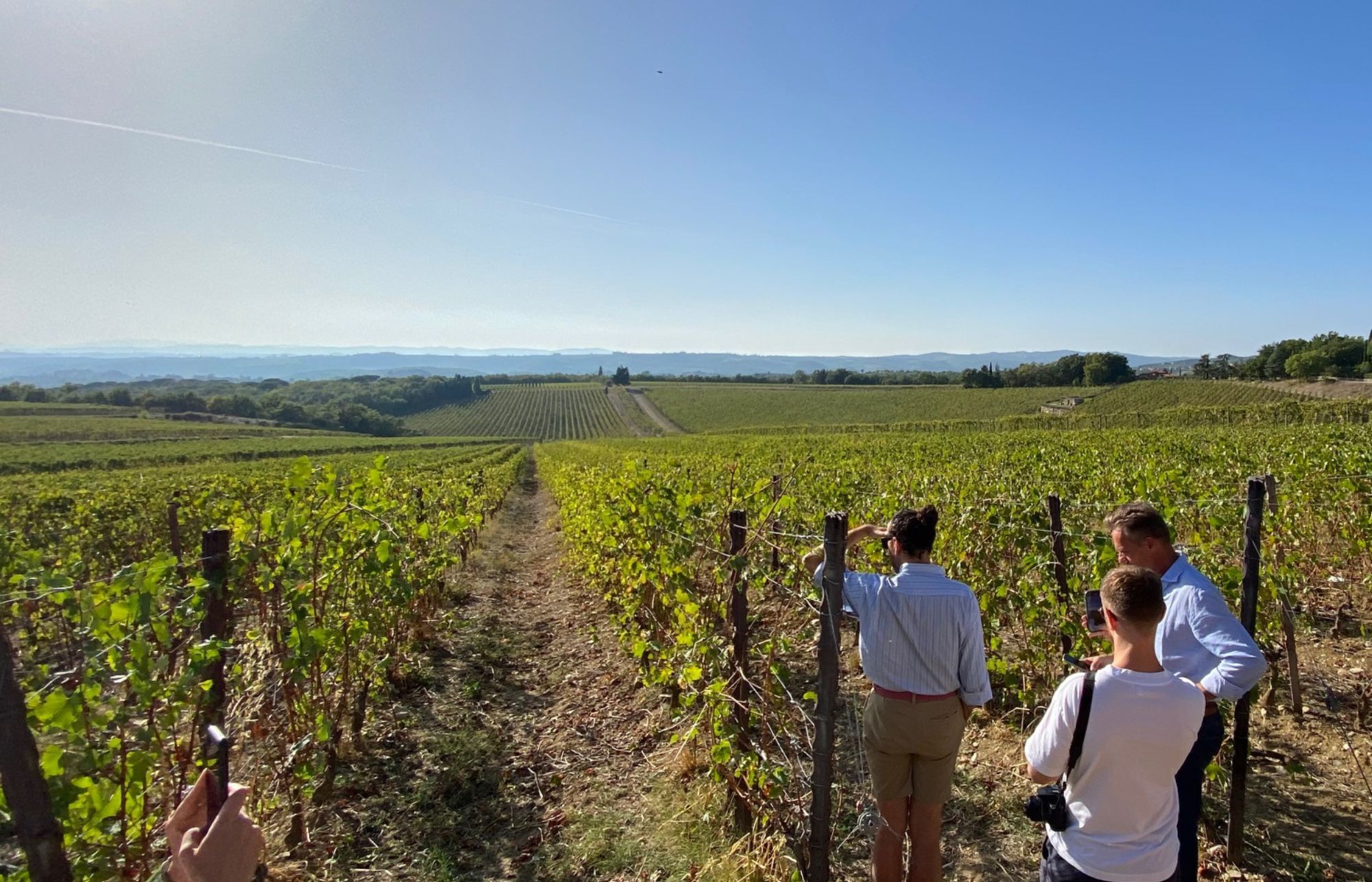Adam Bruntlett, senior buyer, shares his personal insights on Bourgogne wines and why it is such an important part of what Fields, Morris & Verdin does and a key way to start the new year with Bourgogne Week that falls in the second week of January.
How were the last 12 months for your Bourgogne performance compared to the previous year?
“Despite continued challenging market conditions in 2019 we have seen an increase in our Burgundy sales vs last year. Our “En Primeur” sales increased by more than 15% vs 2018 and our overall Burgundy sales are up almost 6% year on year. Burgundy is a primary focus of ours – having deep roots here with many producers we’ve worked with for generations. We look forward to welcoming many of them back for our “En Primeur” tasting on the 14th January, for another successful campaign.”

Adam Bruntlett, Burgundy buyer Fields, Morris & Verdin
What is particularly selling well for you from Bourgogne?
At FM&V the classics continue to sell well. Chablis, for instance, is forever popular – but we also have interest in wines from lesser-known regions such as Montagny, Maranges and Santenay as customers remain keen to keep Burgundy on their list but have a need to balance this with more affordable prices. This makes it a little harder to sell Régionale AOCs or more generic wines, where customers still want an AOC Village.
Any particular tips to your customers on how to make the most of their Bourgogne range?
Buy and sell based on the producer rather than the appellation. A “lesser” wine from a good estate is often much better than a “known” appellation from a less-good supplier. The 2018 vintage is great in both colours – the reds are delicious now, at all levels of the quality hierarchy and the whites are accessible but with really fresh acidity that will allow them to drink well. The red wines are being made in more and more accessible styles, global warming is ripening the fruit in cooler areas and oak is being toned down – don’t be afraid of young wines.

Hautes Côtes de Nuits ©Michel Joly
Why do you have Régionales appellations plus a Geographical Denomination?
Some areas such as the Hautes Côtes offer more freshness and also often a more affordable price. This area has lots of potential.
I’m still torn on whether Bourgogne Côte d’Or is worthwhile for our producers – many are based in a certain village and their Bourgogne vines are there too, so customers know it’s good quality and not sourced from across the region, whereas some of our négociant suppliers (Ben Leroux, Camille Giroud) prefer the flexibility to blend in some Bourgogne Hautes Côtes for freshness or some good-value fruit from the Côte Chalonnaise. Producers are split too, and it will take a certain amount of momentum before it gets going properly.
Why would you say they are the most interesting in terms of quality and value and of availability?
There are some really exciting vineyard sites in the Hautes Côtes, with the same soil composition and exposition as in Côte d’Or, but at a slightly higher altitude which adds a bit more freshness, a real benefit in warm vintages such as 2018.
Prices aren’t always much different to generic Bourgogne, but there is good availability which helps us supply customers we wouldn’t otherwise be able to work with (airlines, group BTG listings). I’m not convinced the end consumer always understands the difference between Bourgogne AOC and Bourgogne Hautes Côtes de Beaune or Bourgogne Hautes Côtes de Nuits but if the wines can be hand-sold to the more engaged consumer, it’s a little extra “plus”. Bourgogne Côte d’Or is the same – a guarantee that the grapes are from the heart of Bourgogne – but does your average wine drinker know what the Bourgogne Côte d’Or is, without explanation?
Would you say that Régionales appellations plus a geographical denomination have a good price/quality ratio? If so why?
Yes, but this comes dependent on the supplier. I’m sure there are lots of inexpensive wines produced with huge volumes out there, but by focusing on small, family domaines and selecting carefully, we have found a handful of great suppliers who offer a great price/quality ratio. Depth of volume is probably the biggest plus because most of the people we work with in the Hautes Côtes (Magnien, Carré) have larger parcels of vines together, rather than a couple of rows, as is often the case in Côte d’Or. The generally lower demand also means we can command a bigger proportion of their production.
Why are these appellations beneficial to the ranges of wines you offer?
They give an entry point into Burgundy. The key is that the wines are made in an accessible and fruit-forward style with no or very little new oak and soft tannins.
How, in your opinion, do the Régionales appellations plus a Geographical Denomination express the terroir?
In the Hautes Côtes, for example, by having that little extra freshness and a nervy character.
What are the three top tips to convince customers to buy a bottle of Régionales appellations plus a Geographical Denomination?
They offer great value.
They offer a fresh, easy-drinking style of wine with a sense of place.
They can often be the entry point to a quite prestigious domaine; a little bit of stardust at an affordable price.

(i-r) Sébastien Magnien, with Burgundy buyer Adam Bruntlett and wine director Mark Pardoe MW, deep underground in Meursault.
- You can find out more about the tastings taking place during Bourgogne Week by clicking here.
- You can follow what is happening during Bourgogne Week on social media at @BourgogneWeekwith #BourgogneWeek and #BourgognePassItOn










































